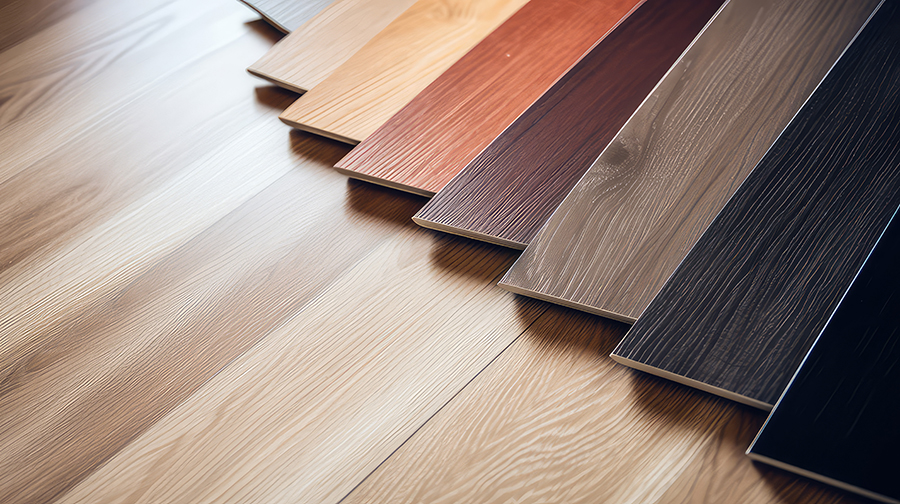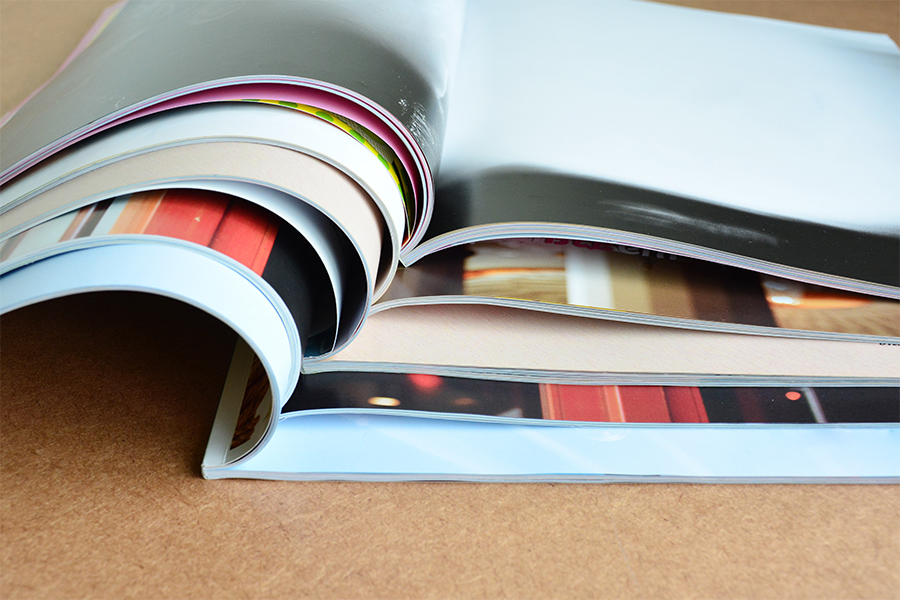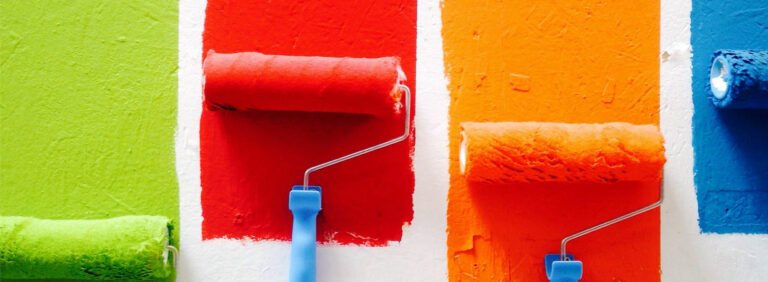Titanium dioxide (TiO2) is widely used in paper and laminates production both as a pigment and as a UV protection agent. It is the third largest end-user segment for TiO2, accounting for 9% of global demand.
Adding TiO2 to the other chemical fibres during the paper-making process creates a high-quality paper that is bright white with strong light resistance and good gloss. It also offers UV protection, that helps protect the paper from deteriorating when exposed to sunlight.
What are the benefits of using TiO2 in paper production?
Brightness
TiO2 improves the brightness of paper, making printed text and images appear more vivid and sharp.
Whiteness and opacity
TiO2 is known for its excellent light-scattering properties, which enhances the whiteness and opacity of paper products, as well as being used to control the level of transparency or translucency in certain paper products. This is useful in applications where a specific level of translucency is desired, such as tracing paper or specialty packaging materials.
Higher strength and lower weight
The weight can be 15 to 30% lower than alternatives such as calcium carbonate and talc while providing many other benefits.
Paper coating
In the production of coated papers, such as glossy magazine paper or coated card, TiO2 is often added to the paper coating to achieve a smooth, bright, and glossy finish.
UV protection
TiO2 has the ability to block ultraviolet (UV) light. In some specialty paper applications, such as packaging or outdoor signage. TiO2 is used to provide UV protection to prevent the paper from deteriorating when exposed to sunlight, improving the paper’s resistance to yellowing over time.
Ink absorption
TiO2 can be used to surface treat paper to enhance its compatibility with printing inks. This can improve ink absorption and adhesion to the paper, producing sharp, vibrant prints.
TiO2 in paper-based laminates
Alongside the production of traditional paper, TiO2 also plays a significant role in the production of paper-based laminates, which are composite materials made by layering paper sealed with resin to create a strong, durable material.

Paper-based laminates are used in a variety of household applications, from kitchen countertops and flooring to wall panelling and furniture.
The benefits of using TiO2 in the production of paper-based laminates are similar to those in the production of traditional paper, including the creation of a bright and visually appealing surface. TiO2 also offers an excellent coverage, masking any imperfections or inconsistencies in the material to create an even and uniform surface.
TiO2 is an important ingredient in the production of paper-based laminates as it is thermally stable and can withstand high temperatures during both the production process and in its intended application. For example, it enhances the thermal properties of laminate flooring by helping the room stay warm in the winter and cool in the summer.
It also helps create a surface that is resistant to light exposure and discolouration, which is hugely desirable in home decor applications, such as flooring and kitchen surfaces.
Sources
- https://www.tipure.com/en/applications/laminates
- https://www.samaterials.com/content/application-of-titanium-dioxide-in-the-paper-industry.html
- https://issuu.com/tradeasiainternational431/docs/applications_of_titanium_dioxide_in_paper_industry
- https://www.chemategroup.com/what-are-applications-of-titanium-dioxide-in-the-paper-industry/
- https://www.chemicalsafetyfacts.org/chemicals/titanium-dioxide/
- https://tytanpol.com/en/zastosowanie/przemysl-papierniczy/
- https://tioxite.com/news/blogs/application-in-decor-paper-laminate/
- https://www.prnewswire.com/news-releases/titanium-dioxide-market-to-reach-18-billion-by-2022-300925932.html




